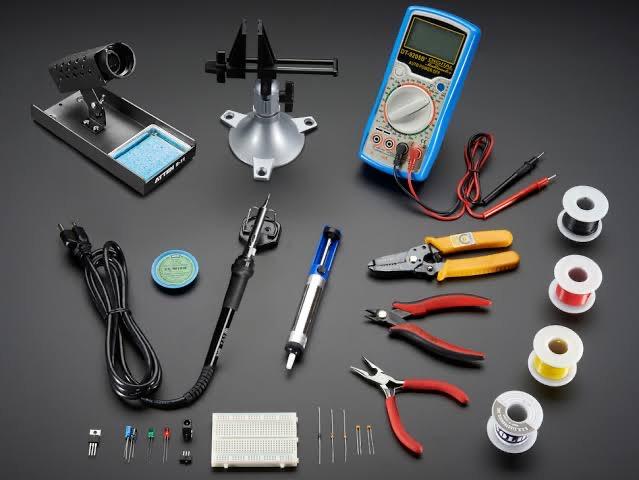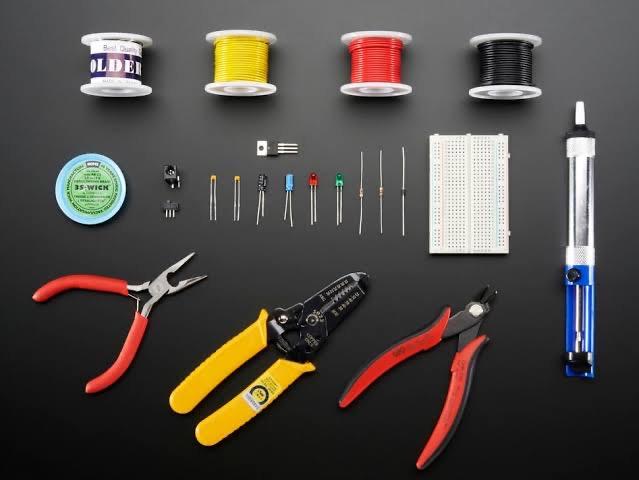
In a recent article, the World Health Organization pointed out that more than two billion people suffer from visual impairment. Therefore, it is imperative for any organization to make its premises accessible to all customers, including those who are color blind, legally blind, and have other visual disabilities.
Entrepreneurs must ensure that their building passes the ADA compliance review. Doing this will also bring more customers as this ensures the structure is safe for everyone.
Making business establishments accessible to the visually impaired is an excellent idea for many reasons. Here are some of them:
First, the Americans with Disabilities Act (ADA) requires all business owners to make their premises accessible to those with disabilities, including the visually impaired. By following the law, a company is saying that it commits itself to upholding the law. It also tells everyone their refusal to discriminate against these individuals who are paying customers, just like everyone else visiting the establishment.
As mentioned earlier, two billion people suffer from visual impairment, but technology and assistive devices allow them to continue enjoying their lives.
These technological advancements also allow them more freedom than before. A person with some form of visual impairment, no matter how mild it is, knows how important it is to have the ability and liberty to do things on their own. Ensuring that their premises are accessible to everyone, especially those who have visual disabilities, supports this independence.
A person with perfect eyesight may not understand how limited the world is for those with visual impairment. By following the law and making their establishment accessible to the visually impaired, businesses get to widen their horizons. As they explore different accessibility designs, they gain better knowledge on how to optimize customer experience for different sets of customers with varying needs.
Those setting up shop in a building that was erected before the creation of the ADA might think that ADA compliance is expensive. But this is far from the truth. Overhauling their premises to make it accessible for everyone can be cost-effective as long as they choose the right accessibility products and design.
Our society has grown from one that barely recognized those with disabilities. Now, we are embracing those who are a bit different from us. These small changes in their business will ensure that visually impaired customers feel that they are part of the community.
Ensure ADA compliance in every establishment with the right tools and equipment on hand. Trust All Things inspector. We have all the inspection tools, including building code training, every person in the inspection industry needs. Buy now!

The Americans with Disabilities Act (ADA) ensures that individuals with disabilities enjoy equal access like others to public facilities, including buildings, sidewalks, and transportation. To

The Americans with Disabilities Act (ADA) mandates that public facilities provide equal access to individuals with disabilities. To meet these requirements, businesses and organizations often
